Marine Industries
Hydraulics in Marine Industries
Hydraulics in marine industries refers to sectors where hydraulic systems are used to transmit power and control equipment in aquatic environments. These systems are widely used in ships, offshore platforms, submarines, underwater equipment, dredgers, and other marine-related projects.
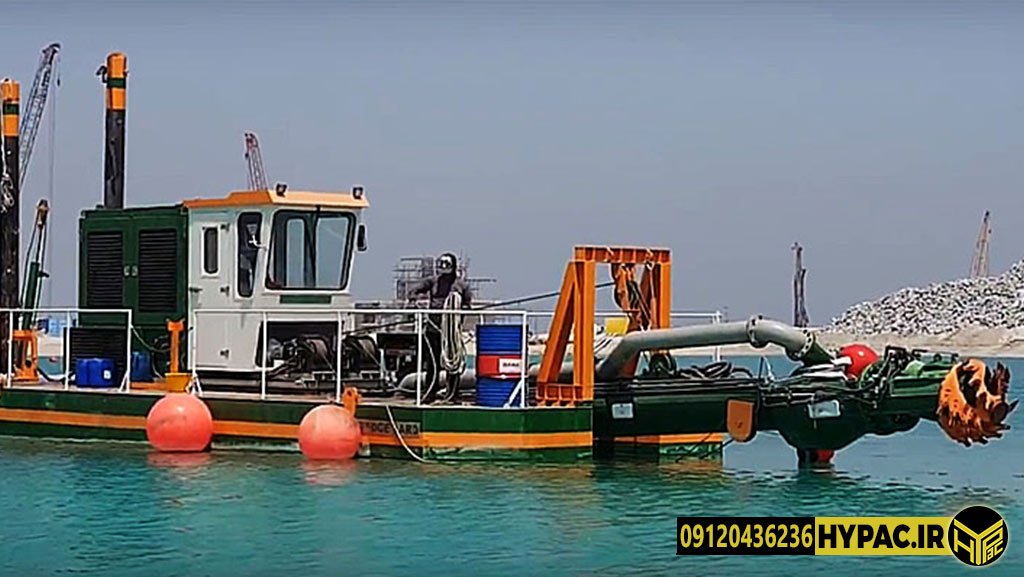
Applications of Hydraulics in Marine Industries
- Ship Steering Systems:
- Hydraulic systems are used to control the rudder of ships and steer them. These systems provide the necessary force to move the rudder in heavy waters.
- Marine Cranes and Winches:
- Equipment for loading and unloading in ports and ships (such as cranes and winches) often use hydraulic systems to lift and move heavy loads.
- Propulsion Systems:
- In some ships and submarines, hydraulic systems are used to control propeller blades or adjust the direction of water flow.
- Underwater Equipment (ROVs and Submarines):
- Underwater robotic arms (used in ROVs) and depth control systems in submarines are often hydraulic.
- Offshore Oil Platforms:
- On drilling rigs and floating refineries, hydraulic systems are used for drilling operations, valve control, and emergency equipment.
- Dredgers:
- Dredging is an excavation method carried out underwater or partially in shallow waters or oceans. Dredging makes waterways and ports navigable and plays a role in coastal protection, land reclamation, and shoreline development by collecting sediments and transferring them to other areas. For example, Cutter Suction Dredgers.
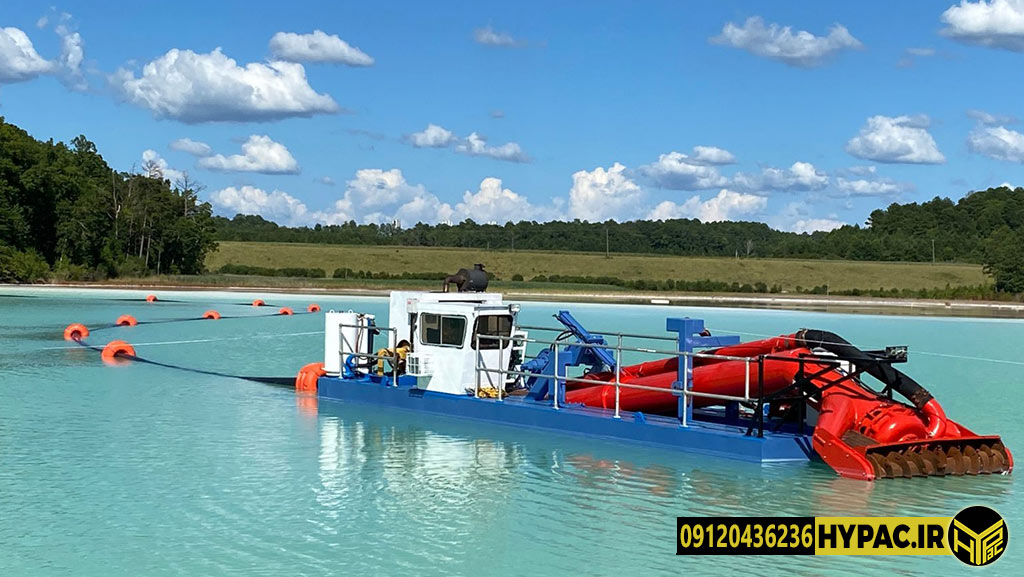
Main Components of Marine Hydraulic Systems
- Hydraulic Pumps: Generate pressure in the fluid (typically water-resistant oil).
- Hydraulic Motors and Cylinders: Convert fluid energy into mechanical motion.
- Control Valves: Regulate fluid flow and pressure.
- Accumulators: Store hydraulic energy for use in emergencies.
Challenges of Marine Hydraulic Systems
- Corrosion from Saltwater: Requires corrosion-resistant materials (e.g., stainless steel or special coatings).
- High Pressure at Sea Depth: Systems must be designed to withstand water pressure at various depths.
- Variable Temperatures: Operation in extremely low (polar oceans) or high (tropical regions) temperatures.
- Reliability: Systems must remain stable in remote environments with limited access to repairs.
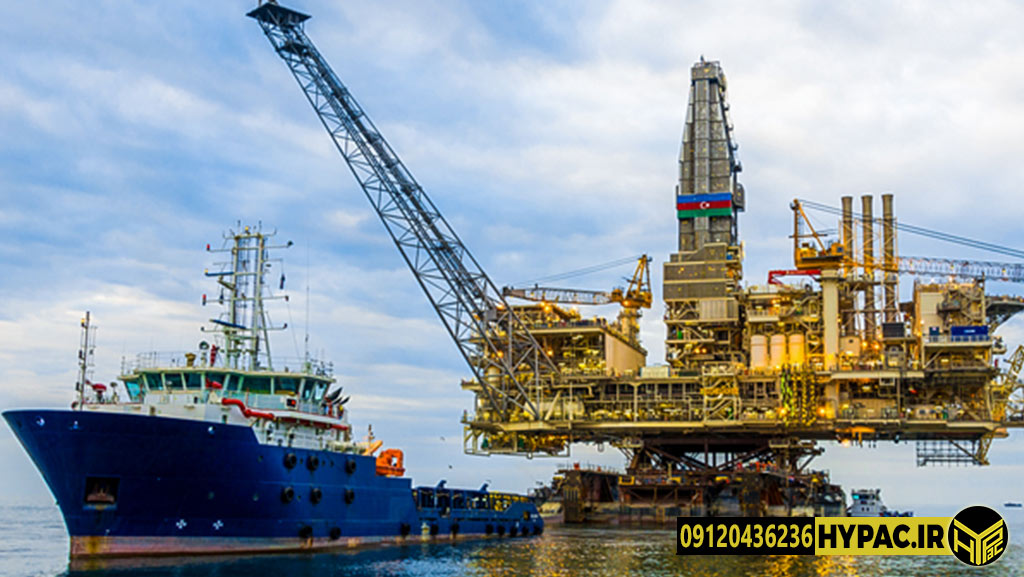
Maintenance and Safety
- Regular inspections to prevent hydraulic fluid leaks (which can harm the environment).
- Use of biodegradable fluids in sensitive areas.
- Designing redundant systems to prevent critical failures.
Innovations and Future of the Industry
- Smart Hydraulics: Integration of sensors and digital control systems (IoT) for real-time monitoring.
- Eco-Friendly Fluids: Replacing traditional oils with non-toxic alternatives.
- Energy Efficiency: Using high-efficiency pumps and energy recovery systems.
Hydraulics in marine industries play a vital role in the development of maritime activities, navigation safety, and marine resource extraction. With technological advancements, the industry is moving towards more sustainable and intelligent systems.
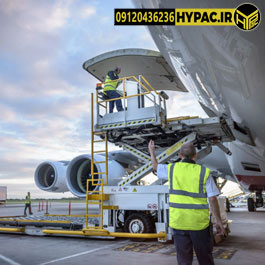

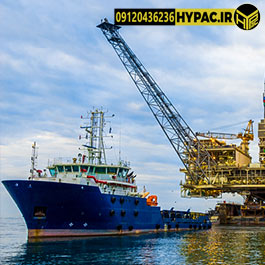
Leave a Reply